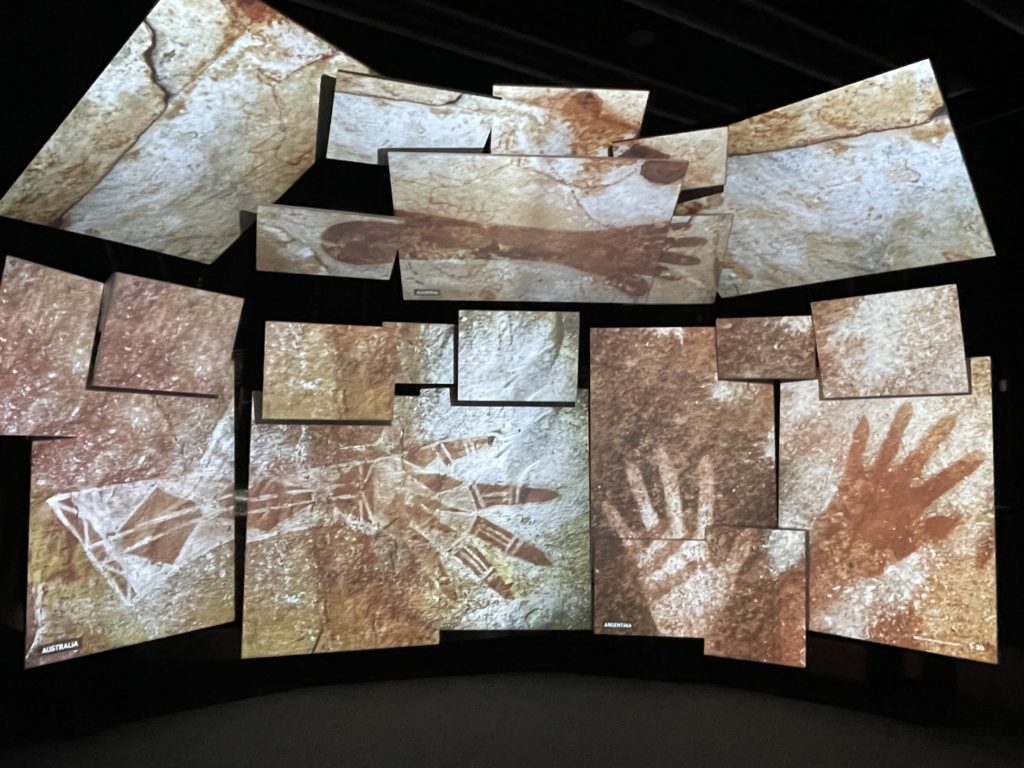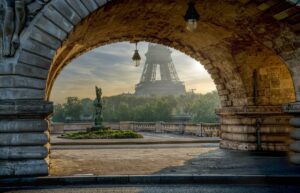The Musée de l’Homme might be one of the most overlooked museums in Paris. Thousands of people pass by it every day on their way to Trocadéro and its famed views of the Eiffel Tower. Unfortunately, only a fraction of those people enter the building that stands to the right of those views. Which is a shame, because the Musée de l’Homme is an incredible museum. Its English name is often translated as the Museum of Humanity, and its stated mission is “to understand who we are as humans”. Not just from a biological perspective, but also in terms of our unity and diversity, as well as our cultural and social expression. That’s a lot to tackle in just one museum. Thankfully, the Musée de l’Homme is more than up to the task.
A Museum Born Out of World’s Fairs
The Musée de l’Homme began life as the Musée d’Ethnographie du Trocadéro, which was founded in 1878 as part of the 1878 World’s Fair. It was located in the former Palais du Trocadéro, which was built specifically for that event. Unfortunately, both the building and the museum were later demolished in preparation for the 1937 World’s Fair. The striking Palais de Chaillot was built in their place, and the Musée d’Ethnographie du Trocadéro officially became the Musée de l’Homme. Today, the museum also serves as a prestigious research centre, and it is one of the official departments of the Museum of Natural History.
Exhibitions That Make You Think
My visits to the Musée de l’Homme have always coincided with specific exhibitions, because I am nothing if not very on brand. My first visit was for an exhibition that looked at the future of humanity given today’s ever advancing technological age. To say that this exhibition asked the hard questions would certainly be an understatement. It looked at everything from the ethics and implications of tech-enabled humans, to how we delineate between humans and animals and how that might change in the future. It was a fascinating exhibition; one that I still think about to this day.
My most recent visit was to see the current exhibition on prehistoric art, and once again it was an amazing experience. This exhibition looked at the history of human art and how art can be used to better understand our history. There were a lot of incredible pieces on display, but my favourite part was where the exhibition highlighted prehistoric art from around the world. It showed how humans created similar art at the same time, completely independent of one another. Meaning prehistoric humans were finding inspiration for their creative endeavours in the same places in an age before mass communication systems. It was a profoundly moving reminder that we are all human in the end, no matter how much we try and divide ourselves.
Hopefully Overlooked No More
I go to a lot of exhibitions in Paris. A ridiculous amount some might say. And some do. But the ones that have stayed with me the longest are the exhibitions I’ve seen at the Musée de l’Homme. I know that pondering profound questions of humanity might not be at the top of your to do list when you’re on vacation. But maybe it is. So if you find yourself at Trocadéro for that perfect Eiffel Tower photo op, consider a stop at the Musée de l’Homme as well. If you’re anything like me, you’ll still be thinking about it months later. In a good way.
Laura Moore is a professional storyteller who loves history and the many stories that make Paris one of the most fascinating cities in the world. Join one of her signature tours to learn the story of a city.




